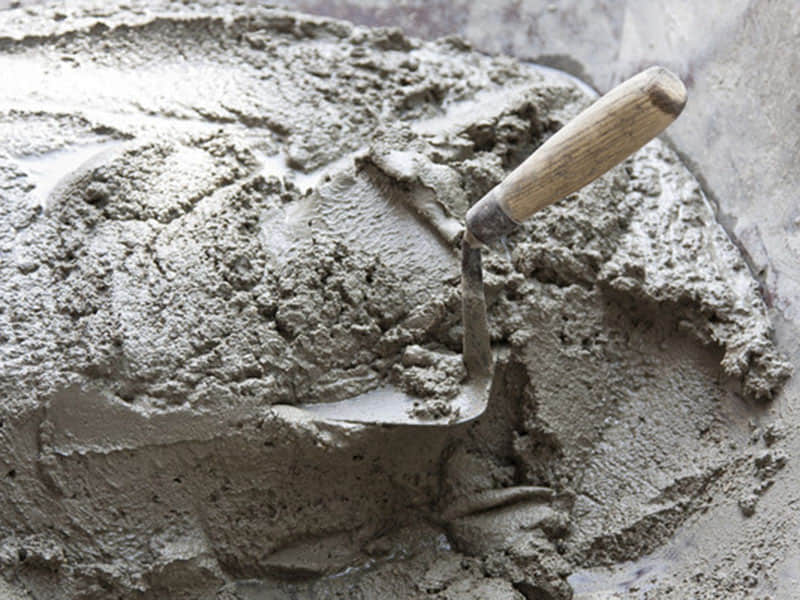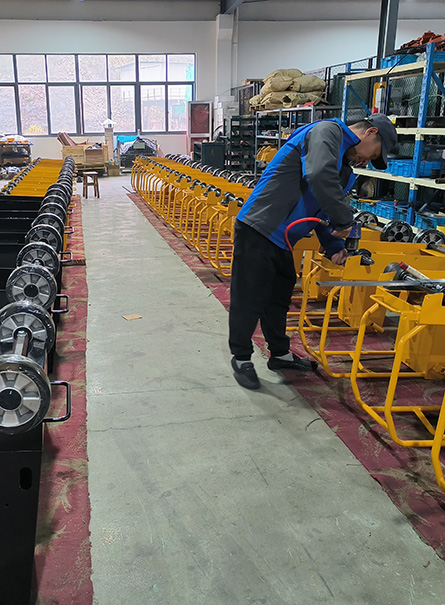In the current construction, cement is inseparable. Commonly used cement is packaged in bulk or in bags. If the amount of adhesive used on the construction site is large, the cement manufacturer can be required to provide large cement tanks for storage on the site. If the dosage is not very large, it can be packed in bags generally, and the net content of each bag is 50 kg. The cement packaging belt should indicate the manufacturer name, production license mark and serial number, factory serial number, packaging date, net content, implementation standard, cement type, cement code name, and strength grade.

The following are the main properties of the six types of cement:
1. Portland cement
(1) Fast setting and hardening, high early strength, (suitable for high-strength concrete, underwater concrete, prestressed concrete, and winter construction)
(2) The heat of hydration is large, (not suitable for large-volume concrete)
(3) Good frost resistance, (suitable for winter construction, severe cold areas)
(4) Poor heat resistance, (not suitable for heat-resistant concrete)
(5) Poor corrosion resistance, (not suitable for corrosive environments)
(6) Small drying shrinkage, (suitable for impervious concrete)
2. Ordinary Portland cement
(1) Faster setting and hardening, higher early strength (suitable for underwater concrete, general concrete, winter construction)
(2) The heat of hydration is relatively large (not suitable for large-volume concrete)
(3) Good frost resistance, (suitable for winter construction)
(4) Poor heat resistance, (not suitable for heat-resistant concrete)
(5) Poor corrosion resistance, (not suitable for corrosive environments)
(6) Dry shrinkage is minor, (suitable for impervious concrete)
3. Slag Portland cement.
(1) Slow setting and hardening, low early strength, and rapid growth in later strength, (suitable for large-volume concrete projects, general concrete, mortar)
(2) The heat of hydration is small, (suitable for large volume concrete)
(3) Poor frost resistance, (not suitable for winter construction)
(4) Good heat resistance, (suitable for heat-resistant concrete)
(5)) Good corrosion resistance, (suitable for the corrosive environment)
(6) Dry shrinkage is minor,
(7) Large bleeding and poor impermeability (not suitable for impervious concrete)
4. Pozzolanic Portland cement
(1) Slow setting and hardening, low early strength, and rapid growth in later strength, (suitable for large volume concrete, general concrete, mortar)
(2) The heat of hydration is small, (suitable for large volume concrete)
(3) Poor frost resistance, (not suitable for winter construction)
(4) Poor heat resistance, (not suitable for heat-resistant concrete)
(5) Good corrosion resistance, (suitable for corrosive environments)
(6) Large shrinkage,
(7) Good impermeability, (suitable for impervious concrete)
5. Fly ash Portland cement
(1) Slow setting and hardening, low early strength, and rapid growth in later strength, (suitable for large volume concrete, general concrete, mortar)
(2) The heat of hydration is small, (suitable for large volume concrete)
(3) Poor frost resistance, (not suitable for winter construction)
(4) Poor heat resistance, (not suitable for heat-resistant concrete)
(5) Good corrosion resistance, (suitable for the corrosive environment)
(6) Dry shrinkage is minor, (not suitable for waterproof concrete)
(7) High crack resistance, (suitable for crack-resistant concrete)
6. Composite Portland cement (dosage and dosage lead to unstable properties)
(1) Slow setting and hardening, low early strength, and rapid growth in later strength, (plastering mortar)
(2) The heat of hydration is small
(3) Poor frost resistance
(4) Good corrosion resistance
(5) Other properties are related to the amount of additives


